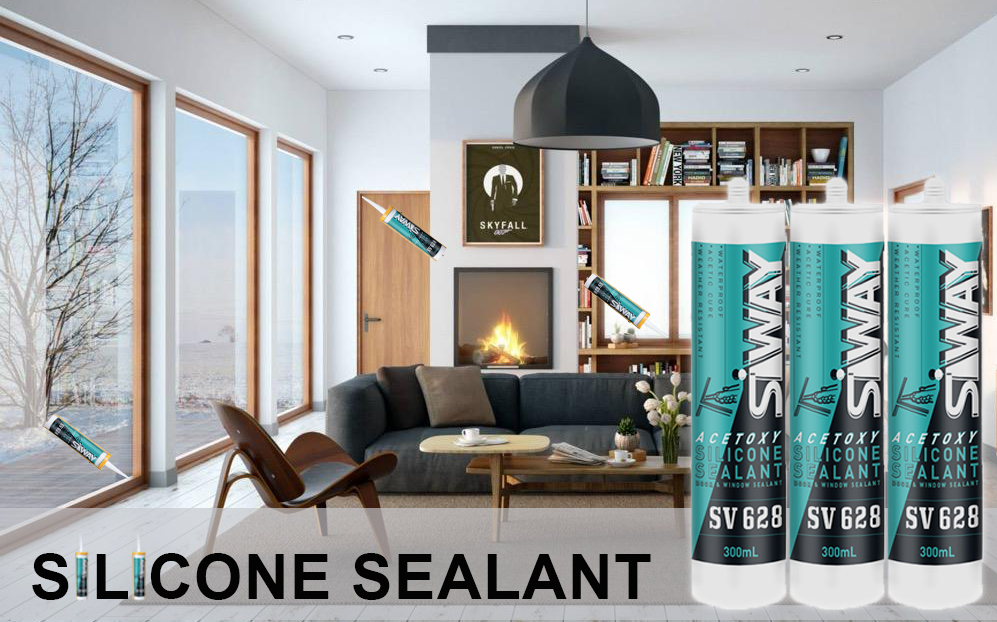Silicone building sealant represents a pinnacle of materials science in construction, engineered to address critical performance demands that traditional sealants cannot meet. As a high-performance elastomeric polymer, it delivers unparalleled functionality for structural integrity, weatherproofing, and longevity.

Composition and Mechanism
Formulated from silicone polymers reinforced with silica, these sealants cure via acetoxy or neutral mechanisms into durable, flexible elastomers. Key molecular characteristics include:
1.Siloxane backbone providing UV stability and thermal resistance
2.Organofunctional groups enabling substrate adhesion
3.Advanced additives (fungicides, adhesion promoters) enhancing performance
Critical Performance Advantages
1.Structural Movement Accommodation
- Maintains integrity through ±50% joint movement (ASTM C920 standards), preventing stress fractures in dynamic building elements.
2.Extreme Environment Resilience
Performs across -73°C to +260°C ranges with no thermoplastic degradation, outperforming organic polymer alternatives.
3.Building Envelope Protection
Creates continuous watertight barriers, critical for:
- Curtain wall systems
- Expansion joint systems
- Perimeter sealing applications
4.Material Compatibility
Bonds effectively to diverse substrates including:
Glass | Anodized Aluminum | Concrete | Granite | PVC
Without causing galvanic corrosion or surface degradation.
5.Hygienic Performance
NSF-certified formulations inhibit microbial growth in wet environments (pool surrounds, food processing facilities).
Technical Specification Guide
| Property | Acetoxy Type | Neutral Type |
|---|---|---|
| Cure Mechanism | Acetic Acid | Alcohol/Ketoxime |
| Substrate Compatibility | Non-metallic | All materials |
| Service Temperature | -50°C to 180°C | -73°C to 260°C |
| Movement Capacity | ±25% | ±50% |
Engineered Application Protocol
1.Surface Preparation
Solvent cleaning (isopropyl alcohol)
Abrasion on non-porous surfaces
Primer application where specified
2.Installation Precision
Backer rod installation for joints >6mm
45° nozzle angle at constant pressure
Tooling within 10 minutes of application
3.Curing Science
Skin formation: 15-30 minutes
Full cure: 24-72 hours (depth-dependent)
Humidity acceleration effect
Regulatory Compliance
Leading formulations meet:
ASTM C920 Class 100/50 requirements
ISO 11600 F&G classifications
LEED v4.1 material credits
Post time: Jun-26-2025

